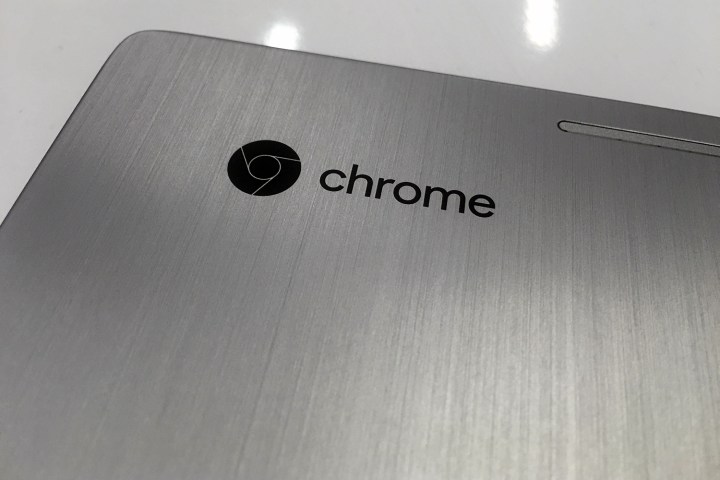
First, back in May, Google announced that its Android-based Google Play store was coming to Chrome OS, meaning Chromebook owners would be able to download and install Android apps on their device. Right now, there are only four Chromebooks that support Google Play: the Asus Chromebook Flip, the Acer Chromebook R11, the Acer Chromebook C738T, and the Google Chromebook Pixel (2015). A huge list of additional devices that will support Android in late 2016 and into 2017 can be found here.
That said, the Asus Chromebook Flip, Acer Chromebook R11, and Google Pixel (2015) running the version of Chrome OS in the beta channel reportedly have access to Android Device Manager. The latest beta version is 53.0.2785.47 as of August 4, which according to Google, includes feature enhancements, security updates, and bug fixes.
If you’re not familiar with Android Device Manager, it’s a free service offered by Google to track down and manage Android devices. Granted the device must be powered on to actually find its location, users can force it to make a sound in case it was misplaced nearby. Otherwise, users can lock down the device and reset the password, and erase all data if needed. Naturally, it works best with 3G/4G devices, but Android gadgets connected via Wi-Fi can be spotted, too.
To make sure Android Device Manager is activated, device owners can simply go into the “Settings” app, tap on “Google,” and then tap on “Security.” The virtual switch next to “Remotely locate this device” option in the Android Device Manager section should be switched on (green). The “Allow remote lock and erase” option should be switched on as well if you want to lock it and erase it from your PC.
However, with the Android-supported Chromebooks listed above, they appear on the Android Device Manager map just like any other Android gadget although they’re reportedly displayed by their code names instead of their actual names. That leads to speculation that support for the device location service may be accidental, and not an intentional feature. Still, we’d question why Google would pull Android Device Manager support unless it intends to bring its Chrome OS geolocation feature — which is currently offered to the enterprise sector — to the general Chromebook population.
Right now, these Chromebooks support the ring and wipe options served up in the service, although the ring aspect doesn’t make a noise. Instead, the Chromebook screen will grow dark and a notification will flash stating that the device was located. So far, the wipe feature remains untested (for obvious reasons).
Hopefully, we’ll see the entire Android Device Manager service as a whole on Chromebooks soon. That, or the enterprise-based geolocation service opened up to a wider, general audience. Regardless, Chromebooks need some type of geolocation capability for the general consumer so that stolen devices can be locked down and wiped before thieves get their hands on sensitive data.

